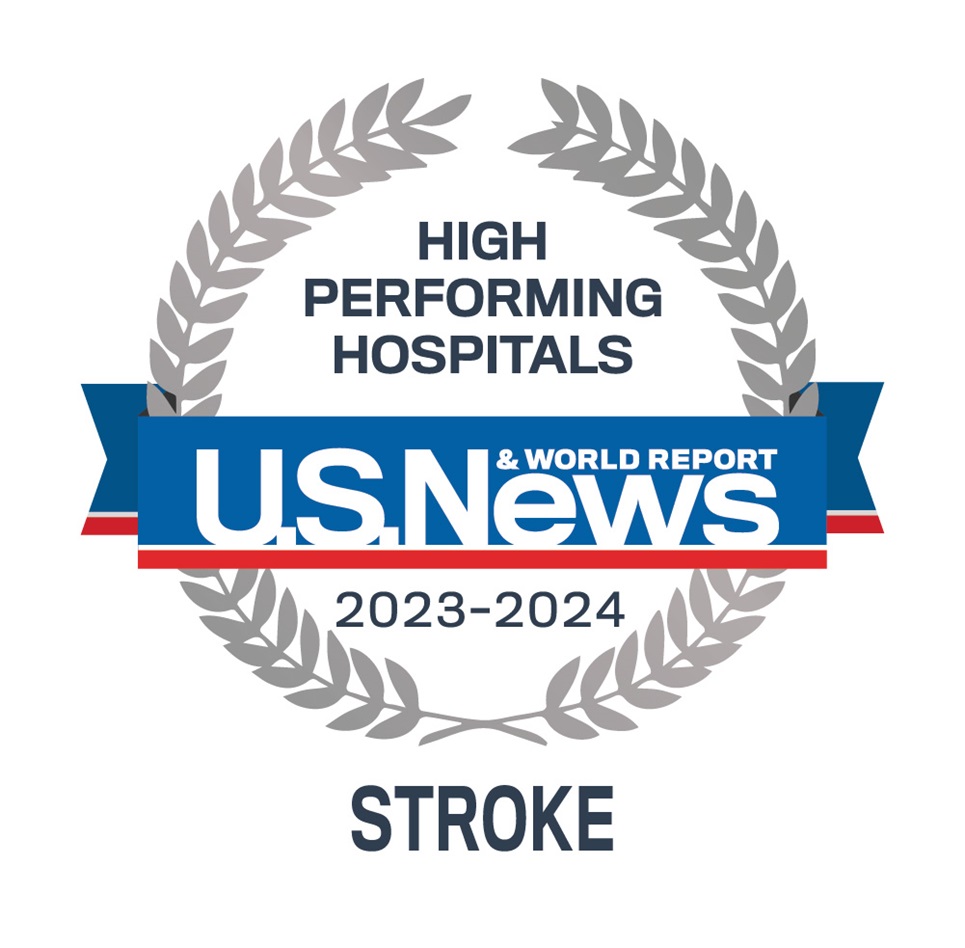An ischemic stroke occurs when an artery supplying the brain with blood is obstructed by a blood clot. It is almost always caused by the accumulation of fatty deposits along blood vessel walls—a condition known as atherosclerosis, or hardening of the arteries. There are two types of ischemic stroke:
- Cerebral thrombosis – When a clot grows within the arteries that directly supply the brain with blood
- Cerebral embolism – When a clot from another area of the body breaks off and circulates through the bloodstream before becoming stuck in the much smaller vessels supplying blood to the brain
Both types of ischemic stroke are dangerous; any time blood flow to the brain is reduced, there is the risk of damage to the brain tissue and loss of function.
Ischemic Stroke Causes
Circulatory conditions are the main risk factor for ischemic stroke because they increase the risk for clots and fatty deposits. These conditions include:
- High blood pressure
- Atherosclerosis
- High cholesterol
- Clotting disorders
- Atrial fibrillation
- Sickle cell anemia
- Prior heart attack
- Congenital heart defects
Other risk factors for ischemic stroke include:
- Diabetes
- Smoking
- Being overweight
- Heavy alcohol misuse
- Using drugs such as cocaine or methamphetamines
Ischemic Stroke Symptoms
An ischemic stroke shares most of its symptoms with hemorrhagic strokes and transient ischemic attacks (also known as “mini-strokes”). These symptoms include:
- Numbness or weakness on one side of the body
- Trouble walking properly
- Paralysis of the face, arm or leg
- Vision problems in one or both eyes
- Problems speaking or comprehending speech
Ischemic Stroke Diagnosis
A doctor can usually use a physical exam and family history to diagnose ischemic stroke. They’ll also try to figure out when the stroke started and what the root cause is using tests such as:
- MRI
- Electrocardiogram (ECG or EKG)
- Echocardiography
- Angiography
- Blood tests I
Ischemic Stroke Treatment
The main treatment for ischemic stroke is intravenous tissue plasminogen activator (tPA), which breaks up clots. If tPA doesn’t work, clots can be removed through surgery. A mechanical clot removal can be performed up to 24 hours after the onset of stroke symptoms. For ischemic stroke patients who arrive at Tampa General Hospital, we provide quick diagnosis, emergency care and stroke treatment and rehabilitation plans customized to suit each individual’s specific needs.
Why Choose Tampa General's Comprehensive Stroke Center?
As one of the only Comprehensive Stroke Centers in Tampa, TGH is prepared to immediately respond to any emergent signs of a stroke with board certified neurologists, advanced neuro-imaging, and complex neurosurgical interventions. Tampa General's 32-bed Neurosciences Intensive Care Unit is one of the largest in the country.
Tampa General Hospital was named one of the top hospitals in the country for stroke care for 2023-24, according to U.S. News & World Report. TGH is also recognized as Honor Role Elite Gold Plus for Stroke Care by the American Heart Association.

